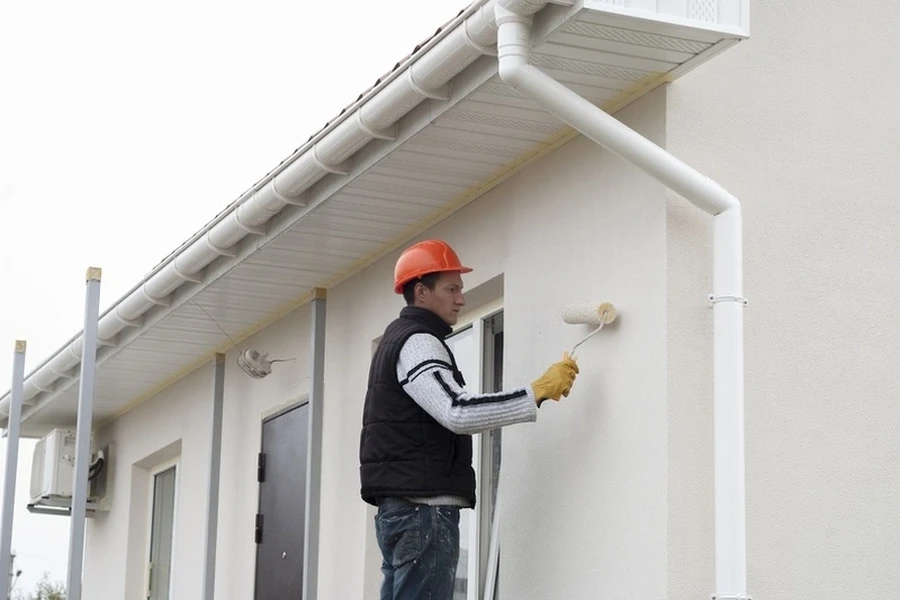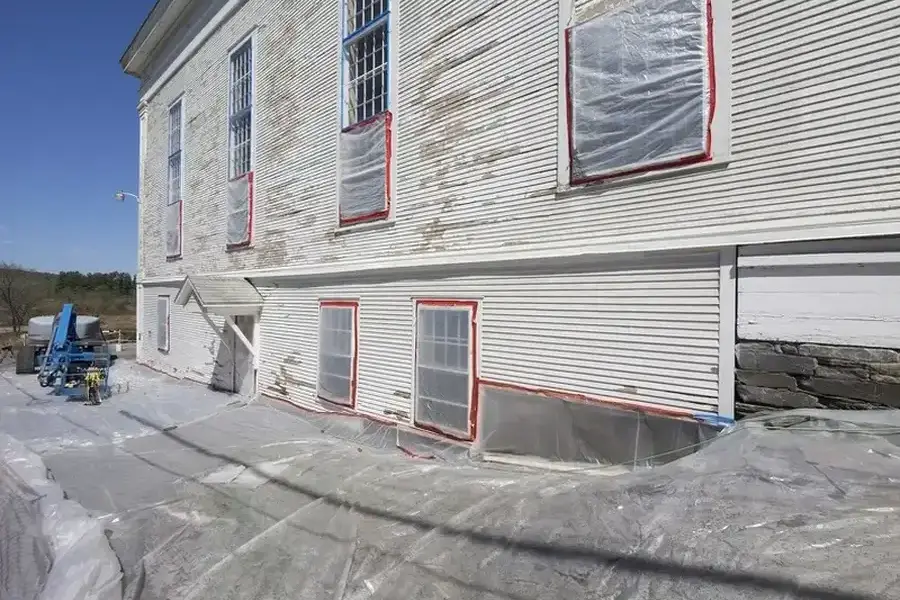The Role of Moisture in Outdoor Painting Success
Understanding how humidity affects exterior painting projects is crucial for achieving a long-lasting, attractive finish. When planning to paint the outside of a building, many factors come into play. From weather conditions to material selection, each element can influence the outcome. Among these, humidity stands out as a key concern. High or low humidity levels can significantly affect the drying time and overall quality of paint jobs.

Why Humidity Matters in Painting
Humidity refers to the amount of moisture present in the air. It plays a critical role in determining how well paint adheres to surfaces. High humidity levels can cause paint to dry slowly, leading to streaks and uneven surfaces. On the other hand, very low humidity can result in too rapid drying, making the paint crack or peel over time.
Impact on Drying Time
One of the main effects of humidity on exterior painting projects is its impact on drying time. In environments with high humidity, water-based paints take longer to dry. This extended drying period increases the risk of dust and dirt settling onto wet surfaces, which can ruin the smoothness and appearance of the final coat.

Choosing Materials Wisely
Selecting the right materials is important when dealing with varying humidity levels. For those offering exterior painting services, understanding which types of paint work best under specific moisture conditions is essential. For example, acrylic latex paints are generally more tolerant of humidity compared to oil-based options.
Challenges Faced by Painters
Painters encounter several challenges related to humidity. Issues such as blistering, bubbling, and peeling become more common when painting in damp environments. These problems not only affect aesthetics but also reduce the longevity of the paint job.
Tackling Moisture-Induced Problems
- Check weather forecasts to plan painting during optimal humidity levels.
- Use dehumidifiers for better control over indoor humidity when painting interiors adjacent to exterior walls.
- Opt for paints with anti-mildew properties to combat moisture-related growths.
- Ensure proper surface preparation by cleaning and priming surfaces beforehand.
Best Practices for Successful Painting
Adopting best practices ensures high-quality results despite humidity’s influence. Always start by preparing surfaces thoroughly. Cleaning and sanding help remove impurities that may interact negatively with paint. Additionally, consider applying thinner coats, allowing adequate drying time between layers.
Cost Considerations in Exterior Painting
Humidity-related problems can lead to costly repainting if not addressed early on. Investing in quality materials and expert advice from professionals experienced in exterior painting services reduces future expenses. While initial costs might be higher, they ensure durability and aesthetic appeal, providing value in the long run.
Your Partner for Exceptional Painting Outcomes
For successful exterior painting projects, look no further than Ace Pressure Cleaning & Painting Inc. Our experts understand how humidity affects every aspect of your painting needs. Based in Panama City, FL, we offer tailored solutions designed to withstand local climatic conditions. Contact us at (850) 814-2622 to discuss how we can assist you in achieving vibrant, durable results for your property.